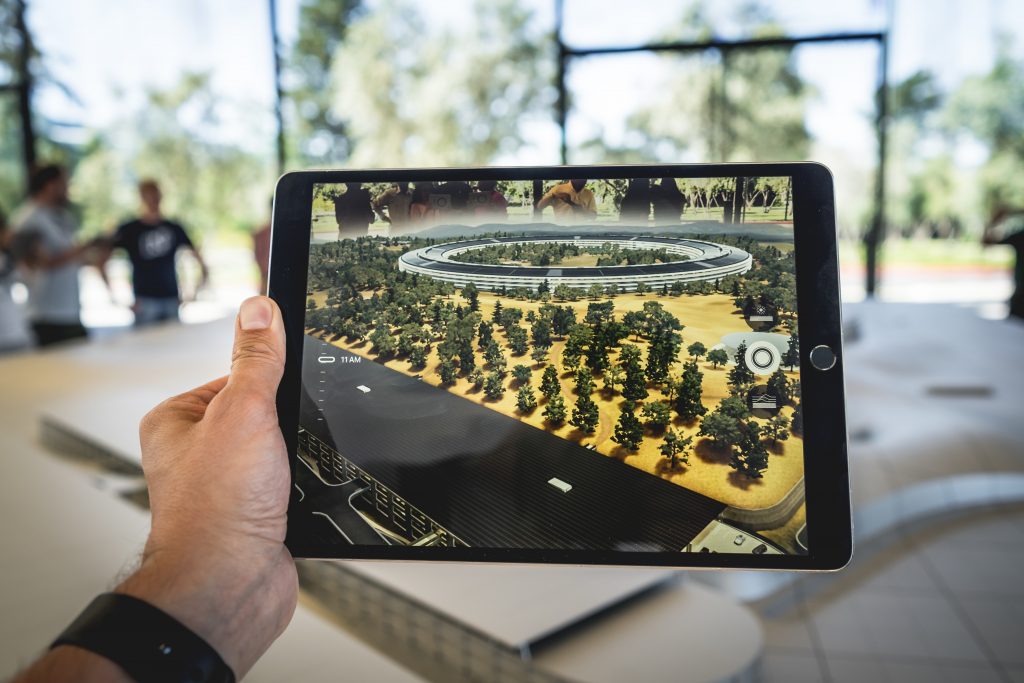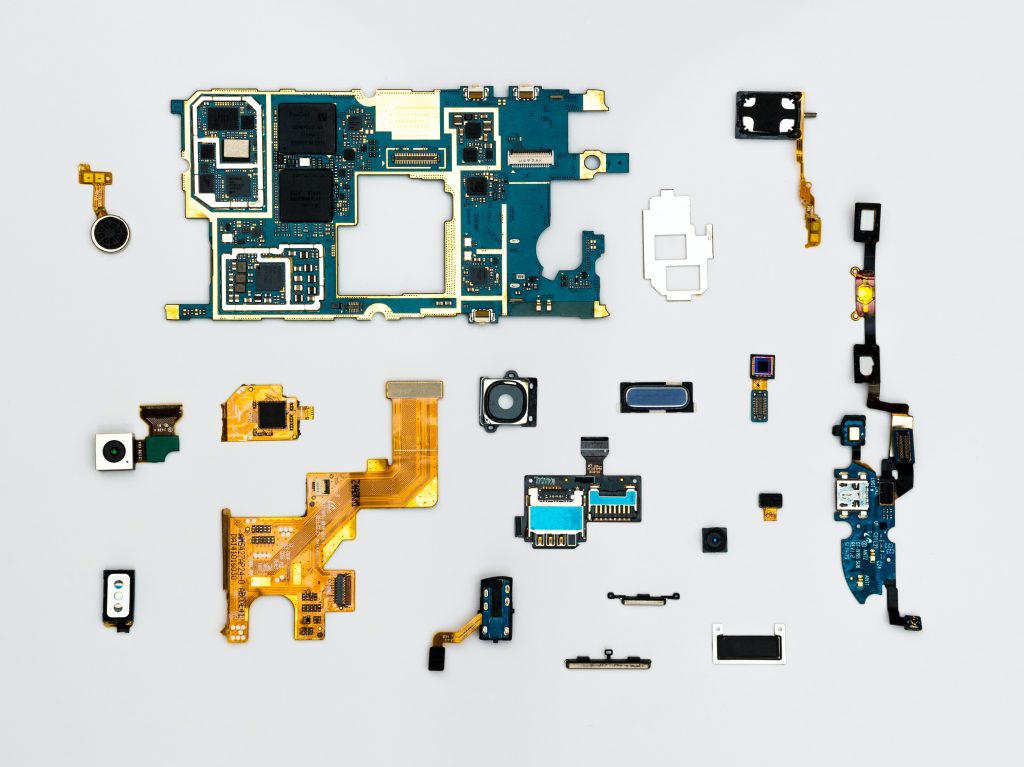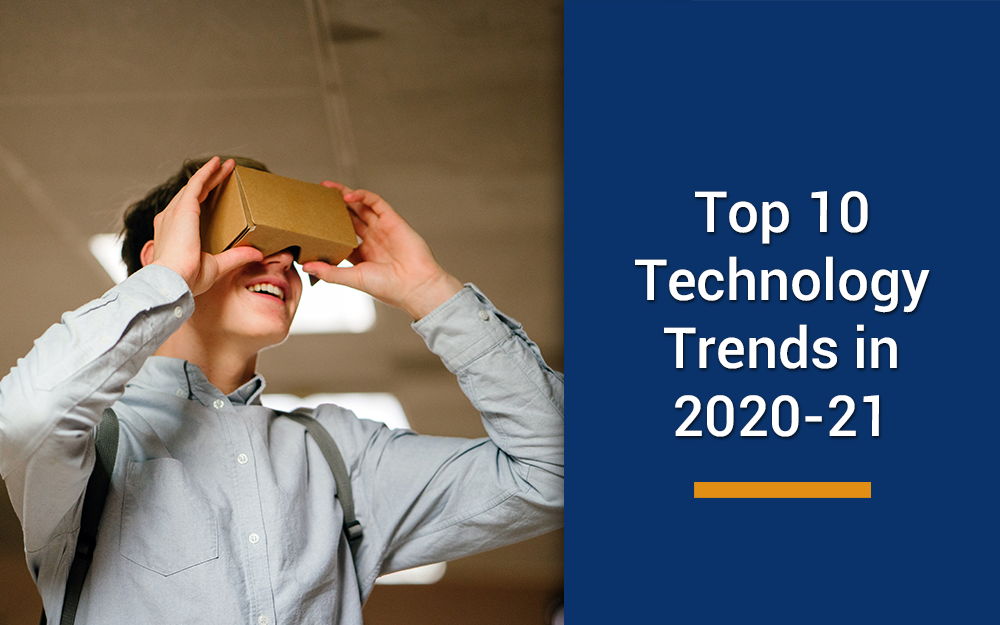When companies asked employees to work from home (WFH), early in March 2020, nobody thought it would last this long. Nationwide lockdowns forced people to convert their homes to working offices.
Social distancing norms led us to switch to digital platforms to perform most of the tasks – from buying groceries online to booking virtual appointments with physicians, dieticians, fitness trainers, and what not.
Soon, from actual, our world shifted to virtual – making it the new normal.
And one thing that has made this new normal possible is technology. We have relied on technology to stay informed and entertained during this pandemic. Not only individuals but organizations – both big and small have relied on technology to stay agile and continue operations.
Organizations’ dependence on technology cannot be stressed enough. Tech has allowed organizations to shift gears from physical to WFH systems within weeks. Couches have become the new (soft) offices – as employees can log on from anywhere with a WIFI connection.

Technology has played a big role in making this possible. The coming year too will see the rise of certain new technologies as well as the acceleration of the existing ones.
For organizations, being aware of upcoming technological trends is important. It will allow them to be prepared and grasp the opportunities faster.
In this blog, we are sharing the top 10 technology trends in 2020-21 that we think will have a prominent role to play.
Top 10 Technology Trends In 2020-21
1. Artificial Intelligence
Artificial Intelligence (AI) has been ruling the top technology trends’ list from quite a few years now. And, it will continue to be valuable during 2021 as well. AI and its implementation have proved revolutionary for many industries.
If we talk in the context of a post-COVID business world, the application of AI will become a necessity more than an option. Imagine the vast volume of data that is being collected on healthcare, infection rates, and measures taken to prevent the spread of infection. AI-enabled tools and applications will help companies analyze this data, establish patterns, and formalize theories.

“The Global Artificial Intelligence market size is expected to reach USD 733.7 billion by 2027.” – Grand View Research.
AI is also helping companies and governments ensure contactless deliveries, social distancing, and personal hygiene in public places. This will continue to be a trend throughout 2021.
AI can also help eCommerce companies identify new consumption patterns among their online customers and deliver hyper-personalized products. Other popular use cases of AI may include:
- Ability to provide greater scale and scope to help companies build redundancy while minimizing costs.
- Improved R&D, innovation, and new product development.
- New ways of working and managing on-demand labour through smart sales and supplier predictions.
- Facilitating cybersecurity in organizations with advanced predictive algorithms.
2. As-a-Service
As-a-service – is the model of service delivery that allows us to use cloud-based and on-demand services, without requiring large upfront investments. As-a-service or as anything-as-a-service (XaaS) is the key that has put tech trends like cloud, AI, machine learning (ML), etc. within reach of everyone.
Cloud offerings from companies like Microsoft, AWS, IBM, Alibaba Cloud, and more have helped innovators in all fields deploy or make use of cutting-edge technologies without any specialized equipment, people, and upfront investments.
The value and strategic importance of XaaS services will not see any decrease in the foreseeable future. With the elasticity offered by the cloud, XaaS solutions can provide a wide range of solutions to businesses of any size and vertical. Due to low acquiring costs, XaaS solutions offer low-risk infrastructure to businesses, allowing them to focus on innovation
As businesses around the world are already healing from the financial losses brought forward by the pandemic, the ability to make use of the cloud to provide scalable solutions with less investment is an advantage. More and more businesses are likely to adopt XaaS model of service delivery. This not only includes typical as-a-service offerings like SaaS (Software-as-a-service), IaaS (Infrastructure-as-a-service), and PaaS (Platform-as-a-service) but also other offerings like storage-as-a-service, database-as-a-service, and more.
3. Hyperautomation
‘Hyperautomation’ – is a relatively new term. It first appeared in October 2019 when it took the top spot on Gartner’s top ten strategic technology trends for 2020 list. For many people, the concept of hyperautomation is new. Forrester defines it as ‘digital process automation’ while IDC refers to it as ‘Intelligent process automation’.
Hyperautomation in its simplest terms refers to a set of digital technologies that can transform organizations. These advanced technologies encompass artificial intelligence (AI), machine learning (ML), robotic process automation (RPA) and advanced analytics.
Hyperautomation may sometimes be thought to be synonymous with automation. The two are related but are not the same. While automation refers to automating tasks and processes, hyperautomation also defines the level of automation. Hyperautomation may result in the creation of a digital twin of an organization.
This is the reason why it is also considered as the next major phase of digital transformation.
Businesses should quickly identify and automate all and every possible business process.
4. Cybersecurity
Cybersecurity is one of the key technology trends to be aware of.
The increasing volume of data due to the adoption of AI, ML, Internet of Things (IoT), and other digital technologies, has put data privacy and security at constant risk of an attack.
Cybercriminals are always on the lookout for stealing critical data of an organization including their client and employee details as well as citizen data from government records, to trade them in the black market.

Data breaches are the biggest concern for organizations that can not only harm their financial status but leave a big blot on their reputation.
Some of the latest cybersecurity threats include phishing attacks, ransomware, cryptojacking, IoT attacks, state-sponsored attacks, and cyber-physical attacks.
Suggested Reading: 15 types of cyberattacks you need to secure your business from
Today, when millions of people are forced to work remotely, exposing themselves to the risk of cyberattacks due to lack of proper cyber protection measures, cybersecurity becomes an urgent need.
In the coming year, we may see the application of cybersecurity measures in governance, crowdfunding, file storage, supply chain auditing, IoT, protection of intellectual property, neighbourhood microgrids, open banking, 5G, and even stock trading. Here are 6 things you should look out for in best cyber protection solutions.
5. Distributed Cloud
Distributed cloud will mark the beginning of a new era in the cloud computing space.
What is a distributed cloud?
Distributed cloud – much like its name suggests, it’s a cloud architecture in which the services of a public cloud are distributed to external locations, but the original public cloud provider remains responsible for delivery, architecture, operations, and updates related to the cloud. Distributed Cloud was the seventh trend in Gartner’s top technology trends for 2020 list. Gartner defines it as an evolution from centralized public cloud to a distributed public cloud.
“By 2024, most cloud service platforms will provide at least some distributed cloud services that execute at the point of need.”- Gartner.
A distributed cloud architecture allows data centers to be located anywhere; it eliminates organizational challenges related to data compliance and latency. This all-new approach to the cloud will help organizations manage all distributed components – apps and data across multiple clouds, legacy datacenters, as well as the infrastructure that supports them – through one logical cloud.
Major cloud providers have already picked up the pace by launching their distributed cloud solutions like AWS Outposts, Microsoft Azure Stack, and Google Anthos. All these solutions offer a single pane of control to operate both public and on-premise environments.
6. Growth in public cloud spending
Amongst the pandemic, the one technology that took the centre stage is – Cloud computing. It has through every means helped businesses continue their operations from anywhere; send out their employees out of the office to work from home; allowed them to maintain global supply chain and present new models of working that could be implemented within a few weeks or even days.
The pandemic in many ways reinforced the value and relevancy of the cloud to those who were not already aware of it. With escalated demand, the revenue for leading clouds like Azure, AWS, Google Cloud, and Alibaba is expected to grow more in 2021.
According to a report by Forrester, at the end of 2021, 60% of companies will leverage containers on public cloud while 25% of developers will leverage serverless. Cloud-native tech will undoubtedly fuel most of the digital-transformation strategies.
7. Edge Computing
Edge computing is one of the technology trends that accelerated due to COVID-19 pandemic. The coming year i.e. 2021, will be a turning point for edge computing market as more and more vendors are ready to jump the bandwagon. Edge computing is based on the location – stressing on the need to be as close to ‘the action’ as possible.
In 2021, this shift to the edge will continue. New business models can emerge that will facilitate the deployment of edge. According to a Forrester report, edge vendors may capture some share of the public cloud market. This is driven by the fact that large vendors like HPE, Dell, and IBM are developing edge solutions with cloud-like deployable features.
Edge allows businesses to serve customers locally and hence promotes greater flexibility and control.
Related Read: What is Edge AI and why it should be in your roadmap for 2020?
8. Internet of Things
Internet of Things is one of the most revolutionary technologies that has a lot of potential. It presents a way of sharing information through connected devices.
Today, these interconnections have grown at a massive scale as we see a rise in connected devices. From refrigerators and kitchen appliances to cars and industrial machinery – everything is getting connected on a global scale, helping people and organizations to share information faster and seamlessly.
The recent year has seen an acceleration in demand for wearables, smart sensors, telemedicine, and other connected devices. This trend will continue in 2021 as well.

Now, with the social distancing and personal hygiene norms stressed at all public places, IoT can present new ways of living life. The biggest application can be seen in healthcare where IoT implementations can prove to be highly advantageous when it comes to avoiding physical contact and curbing the spread of the virus in highly infectious areas.
On the organizational front, IoT enabled smart wearables and digital assistants like Alexa and Siri can simplify lives for WFH personnel. Intelligent automated scheduling, interactive video conferencing, virtual meetings, calendar tools, and other IoT and AI-powered tools and applications can help people manage their work from home.
9. Internet of Behaviours (IoB)
Gartner identified IoB as one of the major disrupting trends in the coming year. In its simplest sense, IoB refers to utilizing data and insights to bring a behavioural change. It is closely related to IoT and can even be understood as an extension of the former.
Here, businesses can gather customer data from various digital touchpoints. This data is then analysed using various data analytics and behavioral science techniques and then an attempt is made to bring a desired change in the person’s behaviour.
A perfect example could be a health app on a smartphone. A typical health app can track the user’s sleep, diet habits and preferences, level of physical activity, blood sugar, and heart rate. Based on the readings of the app and data analytics, the app can suggest certain behavioural modifications and suggestions bring a positive or desired outcome. Like, it can suggest the user to sign-up for a premium gym membership or purchase a customized diet plan.
Thus, IoB can influence customer choice. It can gather data from multiple sources, including social media, public domain, commercial customer data, etc. However, it is important to note that IoB can have certain ethical and social implications. Its implementation and result will vary upon the data security and privacy law of different regions.
10. 5G data networks
The 5G data network speculations are doing the round from quite a few months now. Internet connectivity is no doubt the backbone of various technologies we discussed in this blog – AI, automation, cloud computing, etc. Without a strong and effective internet connection, the above technologies cannot perform at their best.
The setup of 5G can open new doors of innovation for businesses as well as the end customers. It could strengthen technologies like augmented reality and virtual reality – giving them the required bandwidth to perform at scale. Cloud-based gaming like Nvidia’s GeForce or Google’s Stadia too will heavily rely on the strength of 5G.
The coming year can see a lot of talk around 5G and its implementation. It can be a turning point for the telecommunication sector. But its benefits can be seen across almost every industry in the world.
Related Read: “Digital infra and cloud to be the drivers of datacenter growth in Malaysia” – Sabarinathan Sampath, SVP & COO, ZNet
Wrapping-up
Technology is an ever-evolving space. It is important to be aware of recent developments in technology. Organizations that fail to match pace with technology trends are always at the risk of being left behind.
We hope you liked our top 10 technology trends list. Do share your feedback through the comment section below.









